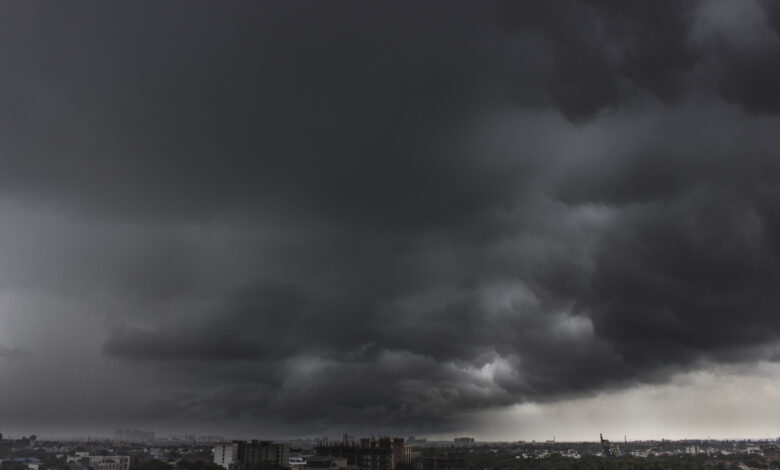
Monsoon sky in India. Photo Credit: Tridip Nandi/Getty Images
Society IndiaEarly Warning System Effectively Saves Lives in Cyclone Season
For the last 25 years, the coastal state of Odisha, India, has ramped up its preparedness against cyclones by mobilizing the population, building disaster-resilient infrastructure, and establishing an early warning system, thus becoming a global pioneer in disaster management.
In 1999, following the Super Cyclone that devastated the state, Odisha established India’s first disaster management authority, the Odisha State Disaster Management Authority (OSDMA), to protect its people from future disasters with its ‘zero-human casualties’ goal.
Eighteen million people were affected by 1999’s Super Cyclone, the most intense recorded tropical cyclone in the North Indian Ocean, which claimed the lives of 10,000 people. However, the most destructive cyclone in the region became a turning point for Odisha’s development strategy. OSDMA put local communities at the centre of its efforts, including over 100,000 volunteers who go through a massive community-led mock drill twice a year, where they learn to reduce disaster risk and manage rescue and relief operations. Building disaster-resilient infrastructure is essential: 800 multi-purpose cyclone shelters and evacuation roads along the coastline; barriers were erected to protect seaside villages, and multi-hazard disaster-resilient houses replaced vulnerable families’ straw huts.
Last but not least, Odisha became the first Indian state to create an early warning system, with close to 1,200 villages now receiving cyclone or tsunami warnings through sirens and mass messaging. Along with more than 120 coastal locations now home to watchtowers, it constitutes the bedrock of Odisha’s disaster preparedness and response.



